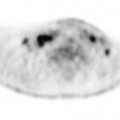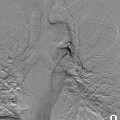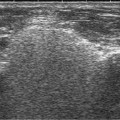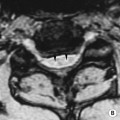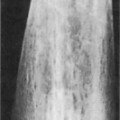• Splenunculus: this represents ectopic splenic tissue of congenital origin • Wandering spleen: this follows laxity of the suspensory ligament • Polysplenia: the spleen is divided into 2–16 masses • Asplenia (right isomerism): an absent spleen and multiple anomalies are seen within the abdomen and thorax (e.g. situs ambiguous with right sidedness) • Splenogonadal fusion: congenital fusion of splenic tissue and the gonad (usually left sided) • Bacterial abscesses (staphylococci, streptococci or salmonella): this presents with rim-enhancing collections • Mycobacterium tuberculosis: the miliary form spreads by haematogenous dissemination • Fungal infection (candida, aspergillus and cryptococcus): this occurs in immunosuppressed patients
Spleen
MISCELLANEOUS SPLENIC CONDITIONS
NORMAL VARIANTS AND CONGENITAL ANOMALIES
 they can be single or multiple and are usually found at the splenic hilum
they can be single or multiple and are usually found at the splenic hilum  they have similar imaging appearances to the spleen
they have similar imaging appearances to the spleen
 torsion may occur
torsion may occur
 this is a congenital syndrome associated with situs ambiguous, as well as cardiovascular and visceral anomalies
this is a congenital syndrome associated with situs ambiguous, as well as cardiovascular and visceral anomalies
 it usually affects males
it usually affects males
SPLENIC INFECTION
 there can also be splenic infarcts, peritoneal TB, and adenopathy
there can also be splenic infarcts, peritoneal TB, and adenopathy
 it presents with miliary, multifocal low-density lesions demonstrating central high density on CT (‘bull’s eye’ lesions)
it presents with miliary, multifocal low-density lesions demonstrating central high density on CT (‘bull’s eye’ lesions)  there can be tiny calcifications present (2–5 mm)
there can be tiny calcifications present (2–5 mm)

 laceration
laceration  infarction
infarction  haemoperitoneum
haemoperitoneum  pseuodoaneurysm formation
pseuodoaneurysm formation it can be congenital (F>M) or secondary to echinococcal infection
it can be congenital (F>M) or secondary to echinococcal infection it is usually post-traumatic and probably represents an evolved haematoma
it is usually post-traumatic and probably represents an evolved haematoma